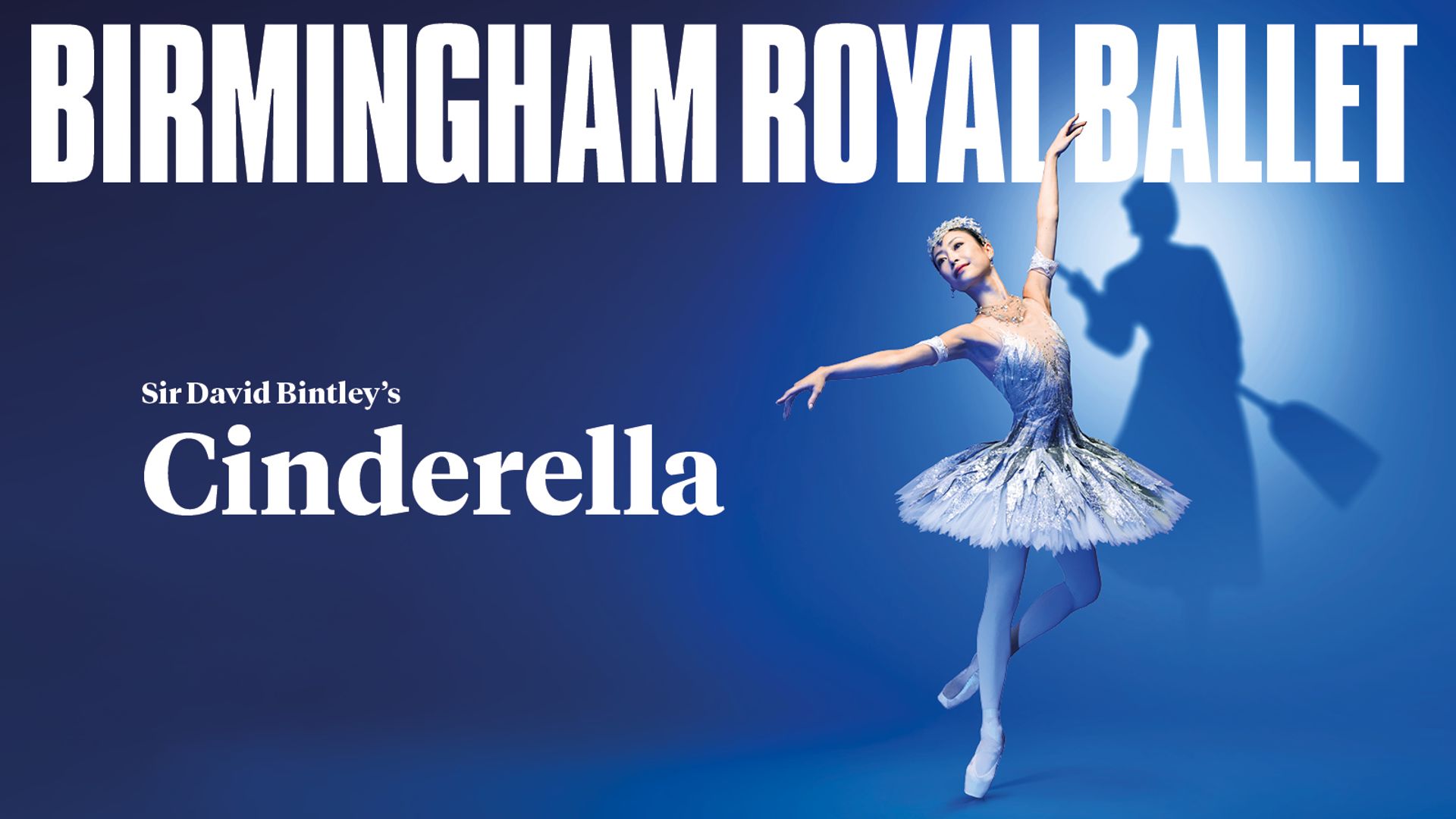
Ahead of its UK tour, former BRB Director Sir David Bintley recalls the beginnings of his celebrated production of Cinderella.
Most established, large-scale ballet companies have in their repertoire certain seminal full-length works. Productions of the Tchaikovsky ballets Swan Lake, The Sleeping Beauty and The Nutcracker, along with Giselle and Coppélia, are largely based on Marius Petipa’s choreography but leave ample scope for producers to stamp on their own artistic vision. Prokofiev’s ballets Romeo and Juliet and Cinderella however, two other ‘must have’ works, exist in no one definitive choreography, but in a proliferation of versions the world over.
Frederick Ashton’s Cinderella holds an important place in the history of dance, being the first full length ‘English’ ballet ever created. Generations of famous dancers have donned the slipper since Moira Shearer and Margot Fonteyn first did in 1946, and similarly every character dancer of note, including myself, has endeavoured to follow the legendary Robert ‘Bobby’ Helpmann and Frederick Ashton himself as the Ugly Sisters.
And so, in 2008, when CEO Chris Barron raised the question of whether I would consider making a new Cinderella for BRB, I balked, feeling somewhat overawed by historical precedence. I had never, in fact, had any ambition to make a Cinderella and had even turned down two invitations from other companies to do so. I had to concede that it would be a good addition to our ‘classic’ productions however and began to warm to the idea. I even impetuously went a step further and said that I’d do it if John MacFarlane, designer of Sir Peter Wright’s wonderful The Nutcracker, would work with me on it. I felt somewhat safe in this area though, as John had previously turned me down on another project saying that he was taking a break from theatre to concentrate on his own painting.
So saying, I went away and spent some time thinking about whether I had anything to ‘add’ to the Cinderella theme. I looked at a number of versions, saw common threads, common mistakes, as I felt them to be, and whilst my love for Prokofiev’s music grew, I still didn’t feel that I had anything to ‘say’ that necessitated another Cinderella in the world. I returned to Chris with mixed feelings then, only to find him buoyant. He’d been in touch with John who was very excited by the idea and wanted to meet.
‘Oh no’, I thought! ‘It looks like I’m doing a Cinderella!’ I met John a few weeks later and the first thing he said was, ‘Are we going o do a proper Cinderella?’ I assured him that we were, whatever that meant, and subsequent conversations bore out our views, on the whole, as being remarkably in tandem. Over the following months it dawned on me that we were not talking about a fairy tale character here. Cinderella isn’t a princess in waiting but a real child; orphaned, beaten, abused and deprived. Deprived of the one thing she most longs for: love. From the first moment of the ballet, standing at her mother’s graveside, to the last, walking towards paradise, surrounded by love, not merely moving into a castle with a prince, here was a Cinderella that I could believe in and empathise with.
At last, I felt like I had something fresh to say about Prokofiev’s wonderful ballet. From that point onwards I was no longer intimidated by previous productions, particularly the Ashton version which I knew so well, and I strove to pursue that single line of realism towards its magical apotheosis.
The Prince, no longer encumbered by the trappings of his office, and the sole person who can see her true beauty, offers Cinderella a love which transcends the world and redeems her from her humble station and wretched circumstances.


